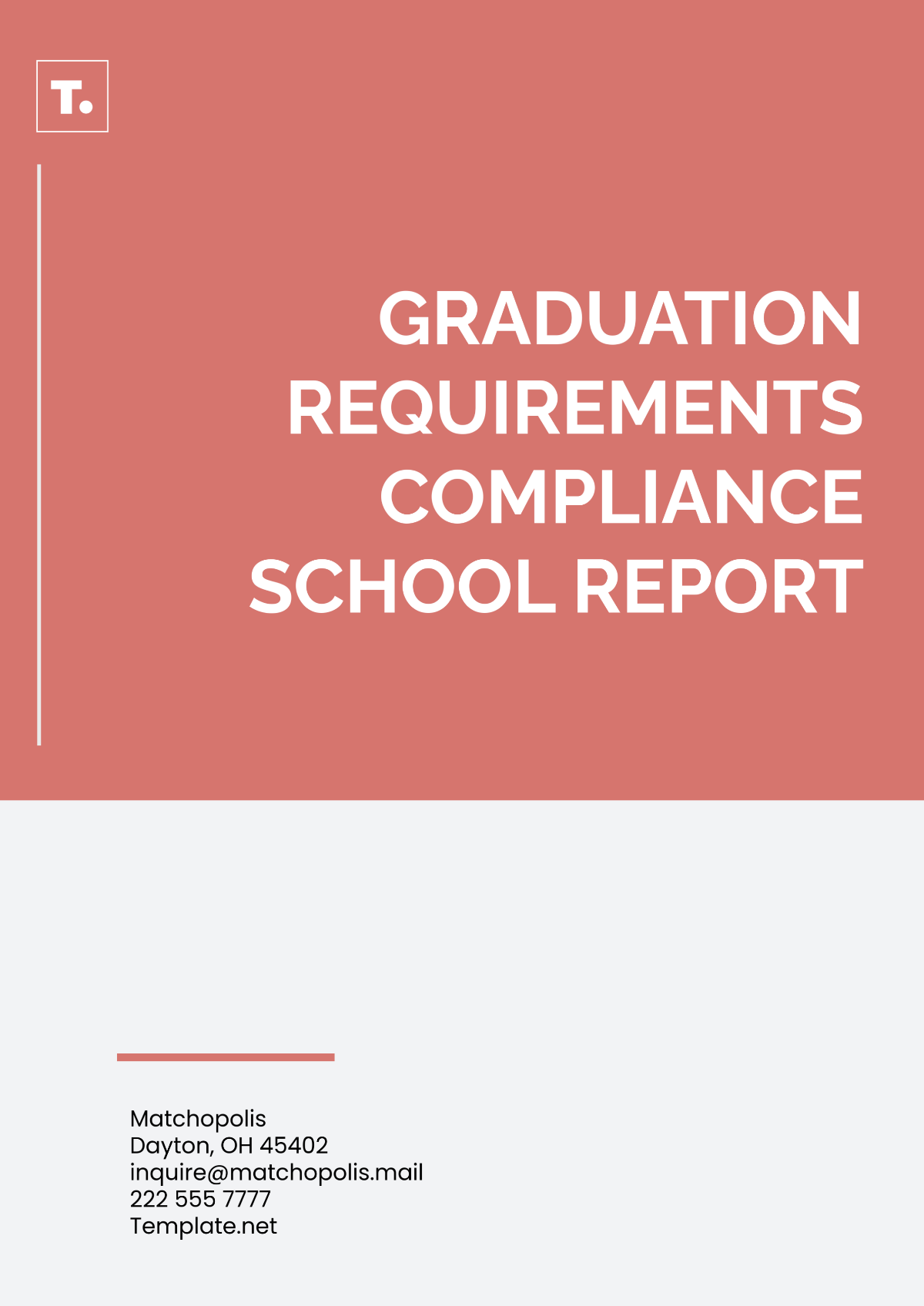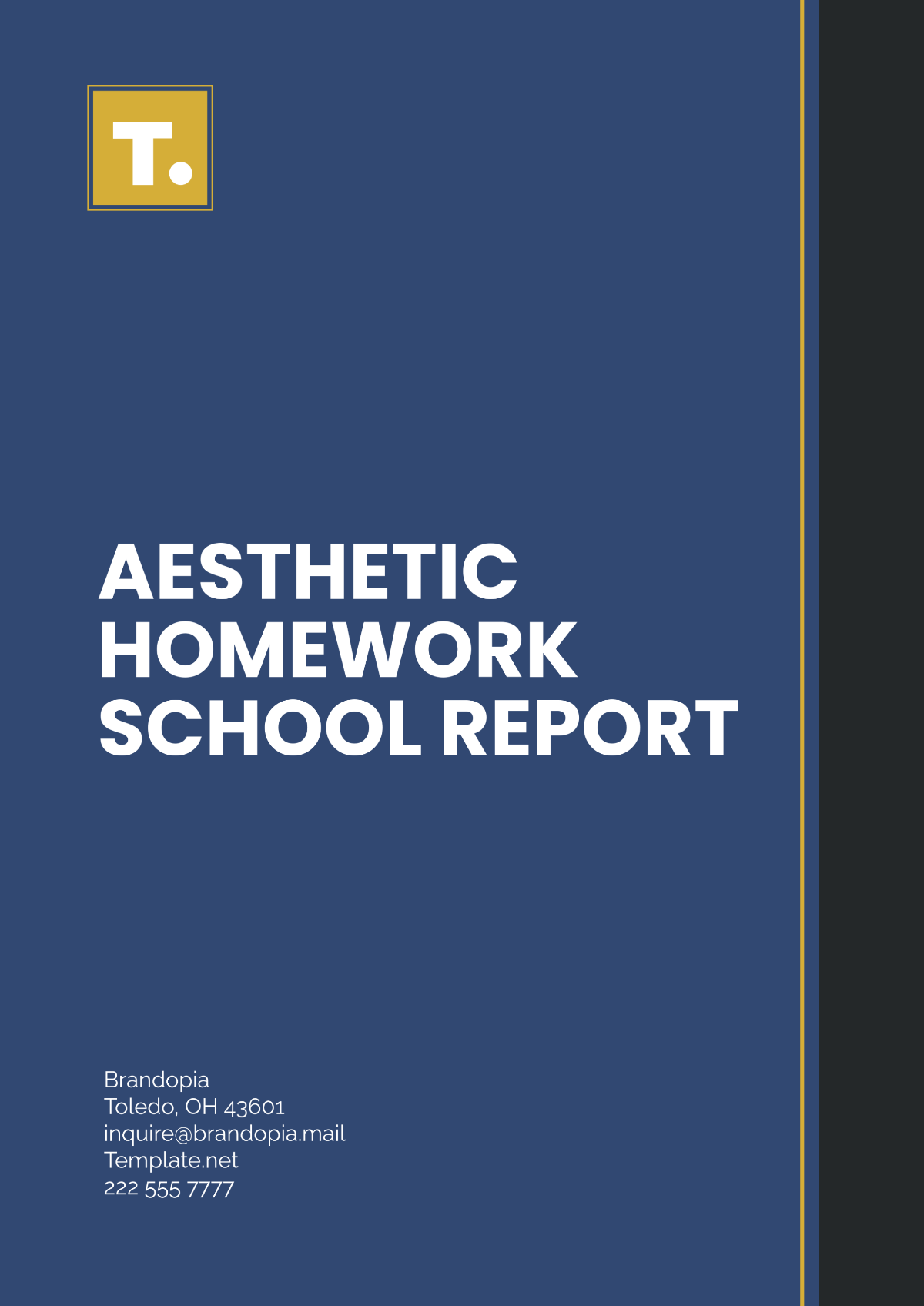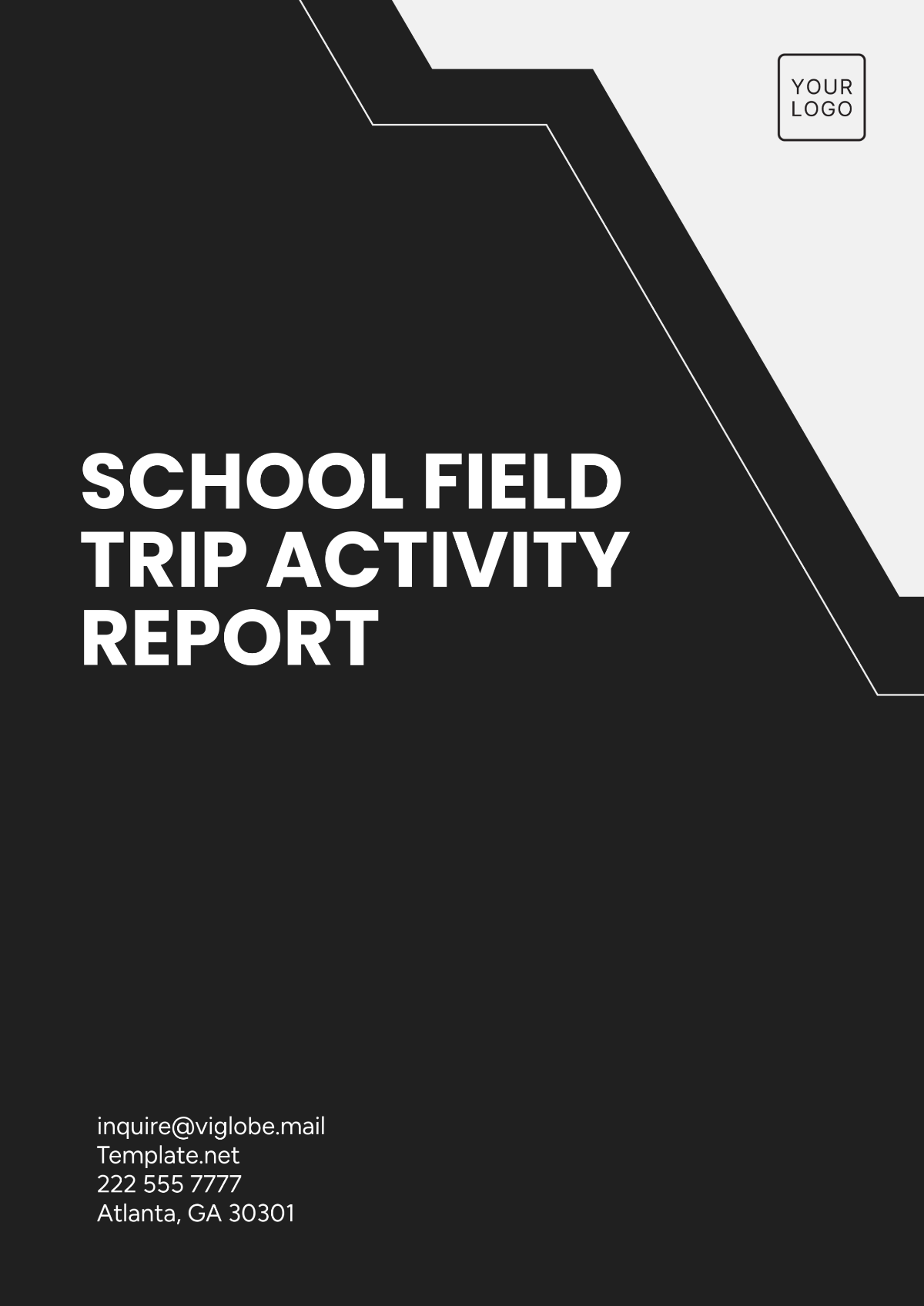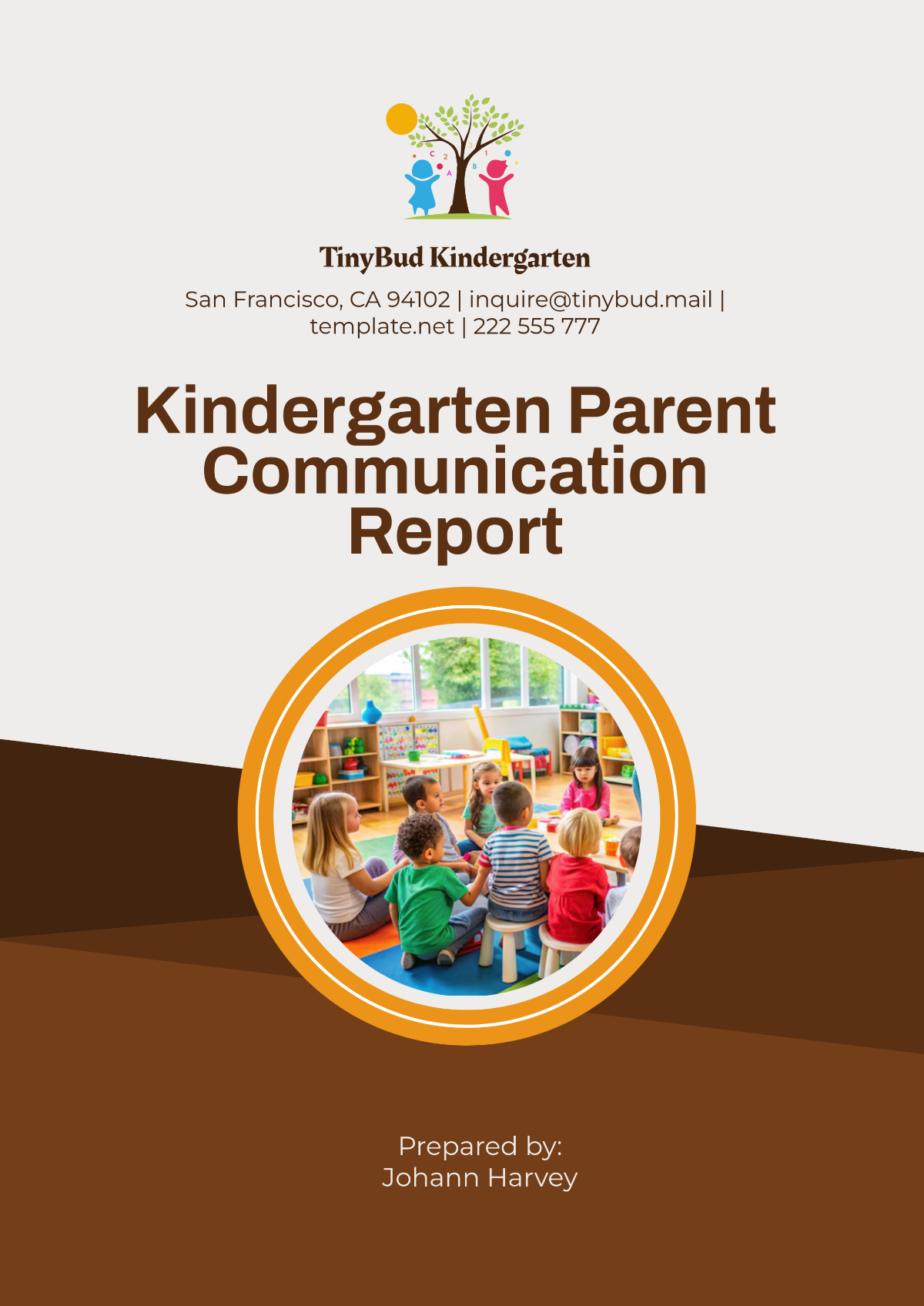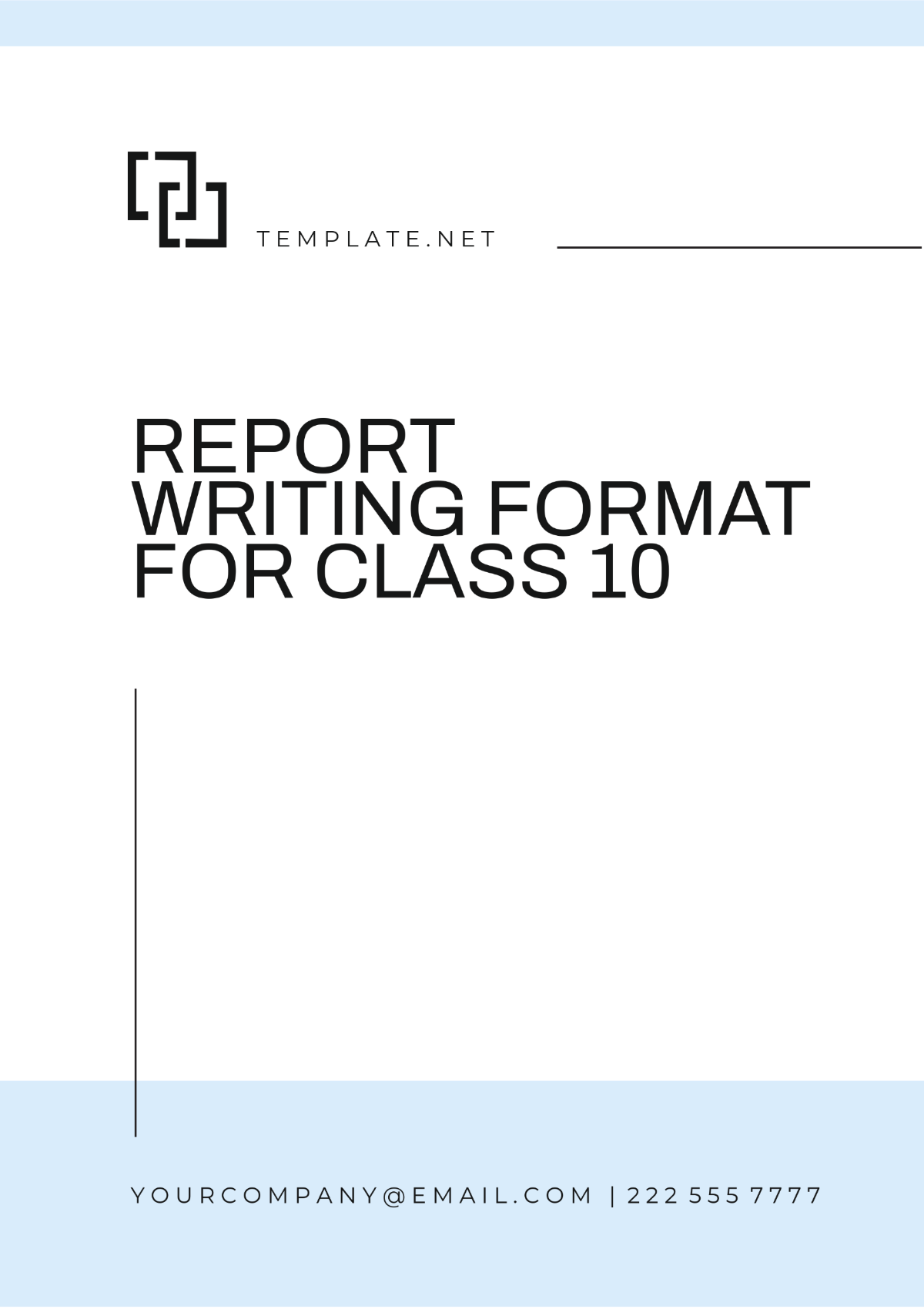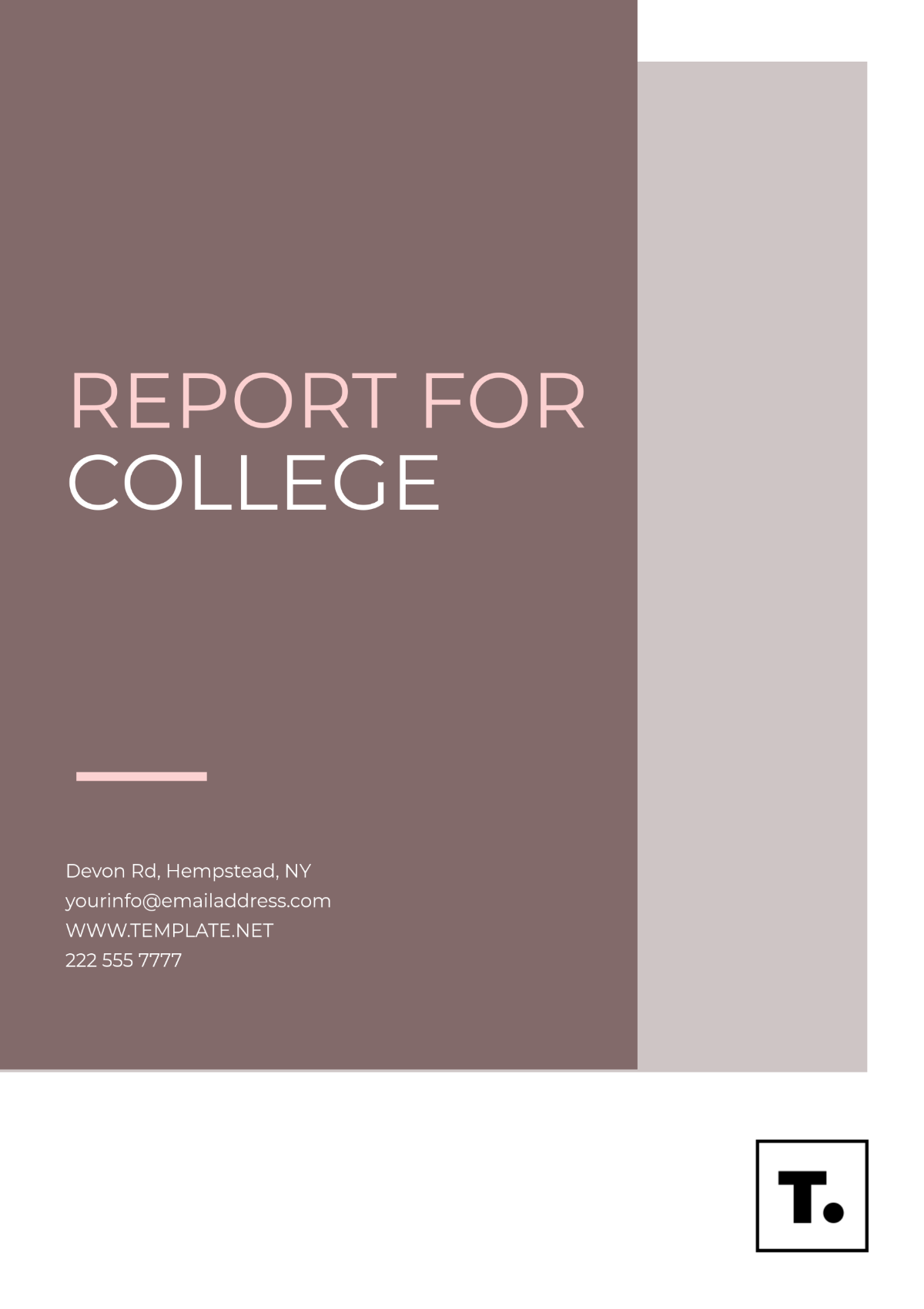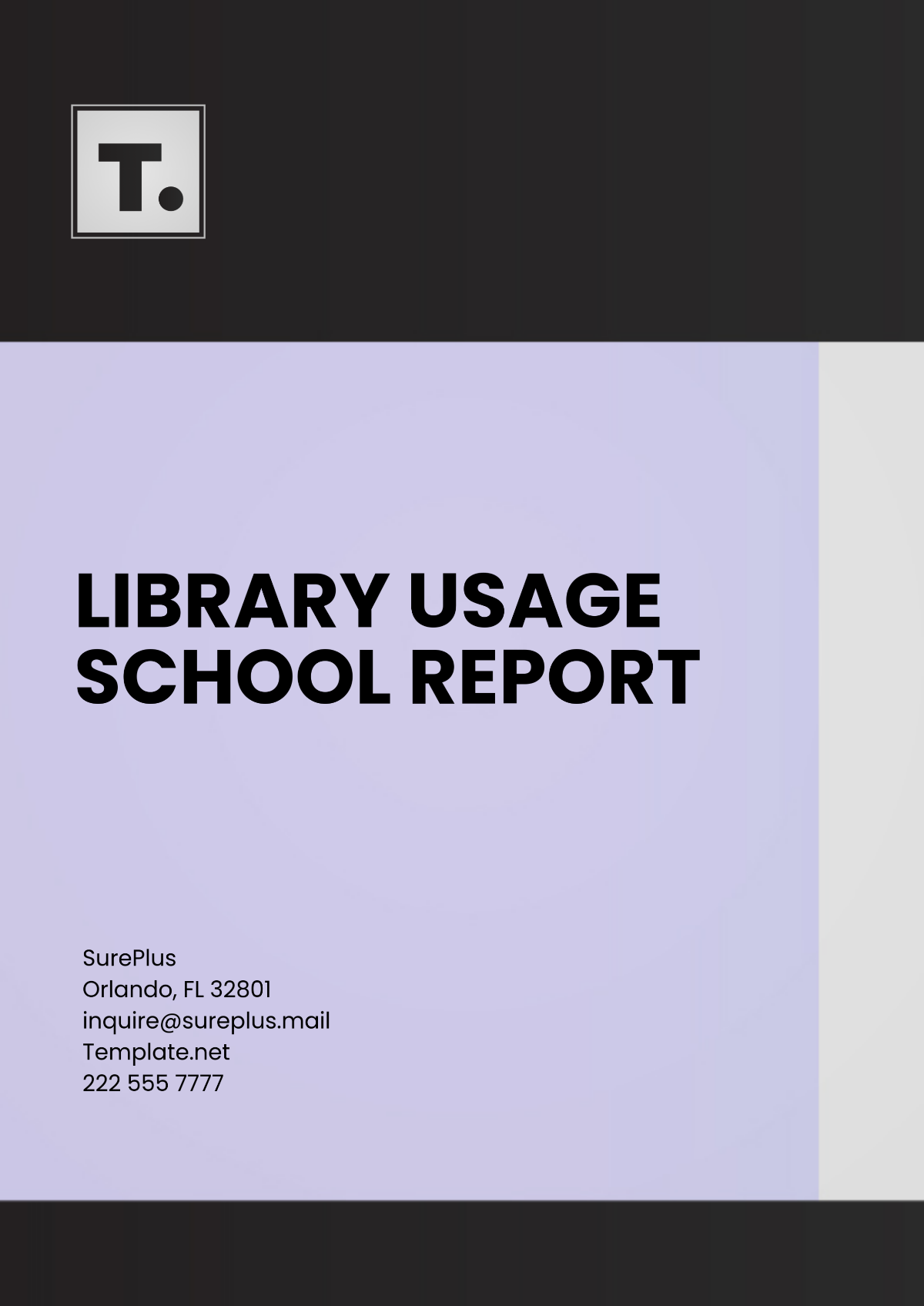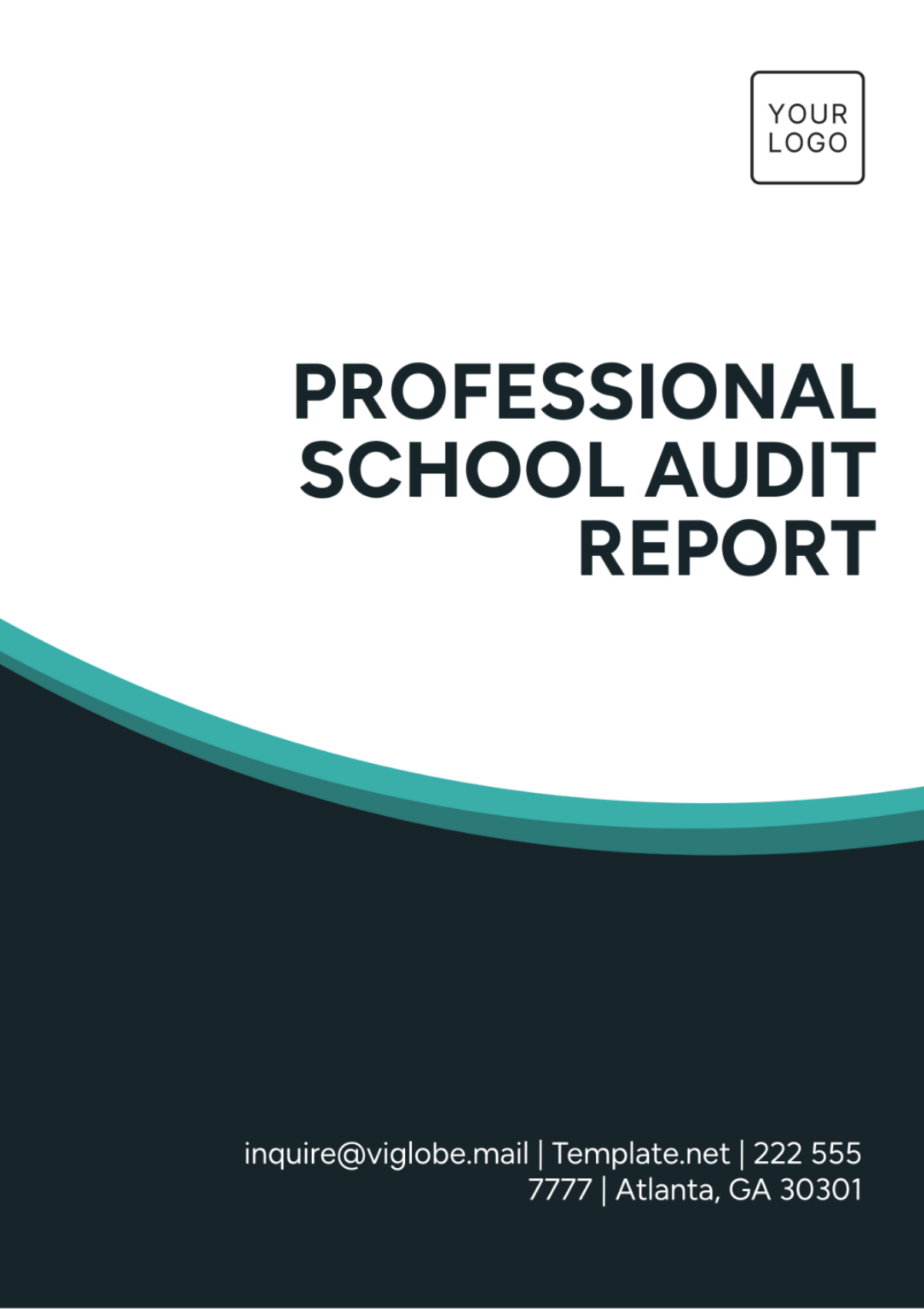Kindergarten Progress Report Document
1. Student Information
Field | Details |
|---|---|
Student Name: | [Student's Full Name] |
Grade Level: | Kindergarten |
School Year: | 2050 - 2051 |
Teacher: | [Teacher's Name] |
Date of Report: | February 25, 2051 |
2. Academic Progress
2.1 Language and Literacy
This section focuses on the student's development in reading, writing, and verbal communication skills.
2.1.1 Reading Comprehension
The student has shown consistent progress in recognizing letters and sounds. They have begun to blend sounds together and can identify common sight words. The student is able to retell stories, demonstrating a basic understanding of narrative structure. However, more work is needed to build fluency in reading sentences. We encourage additional reading practice at home to support continued improvement.
2.1.2 Writing Skills
The student's writing has shown significant growth. They are now able to form letters correctly and write short words and phrases independently. The use of spacing between words and punctuation is developing, though further practice with sentence construction and spelling will benefit the student. The student demonstrates creativity in their writing but still struggles with fine motor skills required for neat handwriting.
2.1.3 Verbal Communication
The student participates actively in class discussions, expressing ideas clearly and listening attentively to others. They are able to follow simple instructions and answer questions with complete sentences. Further practice in vocabulary expansion and sentence structure will help them become even more confident in speaking.
2.2 Mathematics
This section highlights the student’s progress in foundational math concepts, including numbers, shapes, and basic problem-solving skills.
2.2.1 Number Recognition
The student can recognize and count numbers up to [10] without difficulty. They understand the concept of one-to-one correspondence and can match quantities to their corresponding numerals. Further reinforcement of counting beyond [10] will help solidify their grasp of numerals.
2.2.2 Basic Arithmetic
The student can add and subtract within [5] using objects and visuals. They are beginning to recognize simple addition and subtraction symbols (+, -). To further their skills, additional practice in mental math and more complex equations involving numbers up to [20] is encouraged.
2.2.3 Shapes and Patterns
The student has a strong understanding of basic shapes, such as circles, squares, and triangles. They can identify and describe the characteristics of these shapes. They are also able to complete simple patterns, recognizing both repeating and growing patterns. Further exposure to more complex shapes and patterns will enhance their geometry skills.
2.3 Science and Exploration
This section assesses the student's curiosity about the natural world and their ability to understand basic scientific concepts.
2.3.1 Observation and Exploration
The student is highly curious and enjoys hands-on learning activities. They have shown enthusiasm in observing natural phenomena, such as plant growth and the behavior of animals. The student actively participates in science experiments and enjoys asking questions about the world around them.
2.3.2 Understanding of Concepts
The student understands basic scientific concepts related to living things, weather, and the environment. They can identify plants, animals, and basic weather conditions. The student is encouraged to further explore scientific concepts through simple experiments and projects to develop their critical thinking skills.
2.3.3 Use of Scientific Tools
While the student is still developing fine motor skills, they are able to use basic scientific tools like magnifying glasses and simple measuring instruments with assistance. More opportunities to use these tools will foster their interest and enhance their understanding of science.
3. Social and Emotional Development
3.1 Social Skills
This section assesses the student's ability to interact with peers and adults in various social settings.
3.1.1 Interpersonal Relationships
The student interacts well with peers and adults. They enjoy participating in group activities and are learning to share and take turns. While the student can express their feelings appropriately, they sometimes require support in resolving conflicts independently. More opportunities for cooperative play will help strengthen these social skills.
3.1.2 Cooperation and Teamwork
The student shows improvement in working with others during class projects and activities. They are beginning to understand the importance of teamwork and how to contribute positively to group tasks. Continued practice in collaborative settings will encourage the student’s sense of responsibility and teamwork.
3.1.3 Respect and Empathy
The student consistently demonstrates kindness and respect for others. They are beginning to show empathy, understanding how their actions affect those around them. The student is encouraged to continue developing their emotional intelligence by engaging in activities that promote empathy.
3.2 Emotional Regulation
This section focuses on the student’s ability to manage their emotions and adapt to changes in their environment.
3.2.1 Self-Control
The student has shown great improvement in regulating their emotions. They are able to calm themselves when upset and respond to challenging situations with increased patience. However, there are occasional moments of frustration when things do not go as expected. Continued practice with mindfulness techniques will benefit the student in managing emotions.
3.2.2 Independence
The student is becoming more independent in completing classroom tasks. They are able to follow directions and complete simple activities with minimal assistance. As the student continues to build confidence in their abilities, it is encouraged that they take on more responsibility in both classroom and home routines.
3.2.3 Self-Awareness
The student is beginning to identify their feelings and express them verbally. They are more aware of their strengths and challenges and are developing a positive self-image. Encouragement and reinforcement of their achievements will continue to foster their self-esteem.
4. Physical Development
4.1 Gross Motor Skills
This section assesses the student's physical development in terms of coordination and movement.
4.1.1 Coordination and Balance
The student has shown noticeable improvements in their ability to balance and coordinate large muscle movements. They can run, jump, and hop with ease, and they have developed stronger control over their movements. Continuing physical activities like running, jumping, and climbing will help enhance the student’s coordination further.
4.1.2 Physical Endurance
The student enjoys physical activities and is able to participate in them for extended periods. Their stamina has improved, and they are more able to keep up with peers in physical play. To further improve endurance, activities such as structured playtime and exercise routines are recommended.
4.2 Fine Motor Skills
This section evaluates the student's ability to use small muscles to perform tasks that require precision.
4.2.1 Hand-Eye Coordination
The student is making good progress in tasks that require hand-eye coordination, such as drawing, cutting, and using utensils. While some difficulty remains with more intricate tasks, such as tying shoes or using scissors, continued practice will enhance their dexterity.
4.2.2 Writing and Drawing
The student has shown noticeable improvement in holding writing tools correctly and using them to form shapes and letters. Their drawings are becoming more detailed and accurate. Continued practice with more complex tasks, like tracing letters and drawing shapes, will help refine these skills.
5. General Remarks
The student is making great strides in all areas of development. Their enthusiasm for learning, willingness to participate, and positive attitude towards challenges are highly commendable. Continued support in areas like writing, number recognition, and emotional regulation will ensure the student’s continued growth throughout the year. [Your Company Name] encourages a continued partnership between home and school to ensure that the student’s development remains on track.
6. Recommendations
Based on the student’s progress this semester, the following recommendations are made for continued growth and success:
At-Home Activities: Encourage reading together every day to help improve the student’s literacy skills. Use educational games and apps to reinforce math concepts.
Physical Development: Continue engaging the student in activities that promote both gross and fine motor development, such as outdoor play, puzzles, and drawing exercises.
Emotional Growth: Foster independence at home by giving the student more responsibility and allowing them to manage simple tasks on their own.
Overall, the student is off to a strong start and is encouraged to continue striving for success. [Your Company Name] is excited to continue supporting their learning journey.
 Teacher's Name:
Teacher's Name:
Date:









